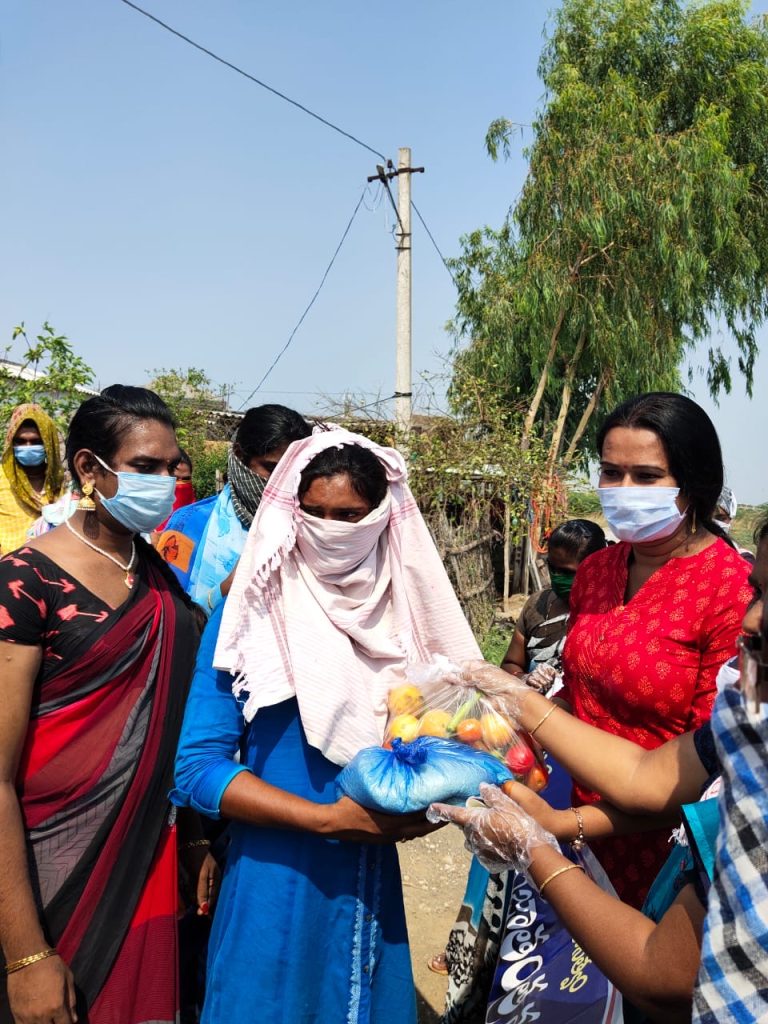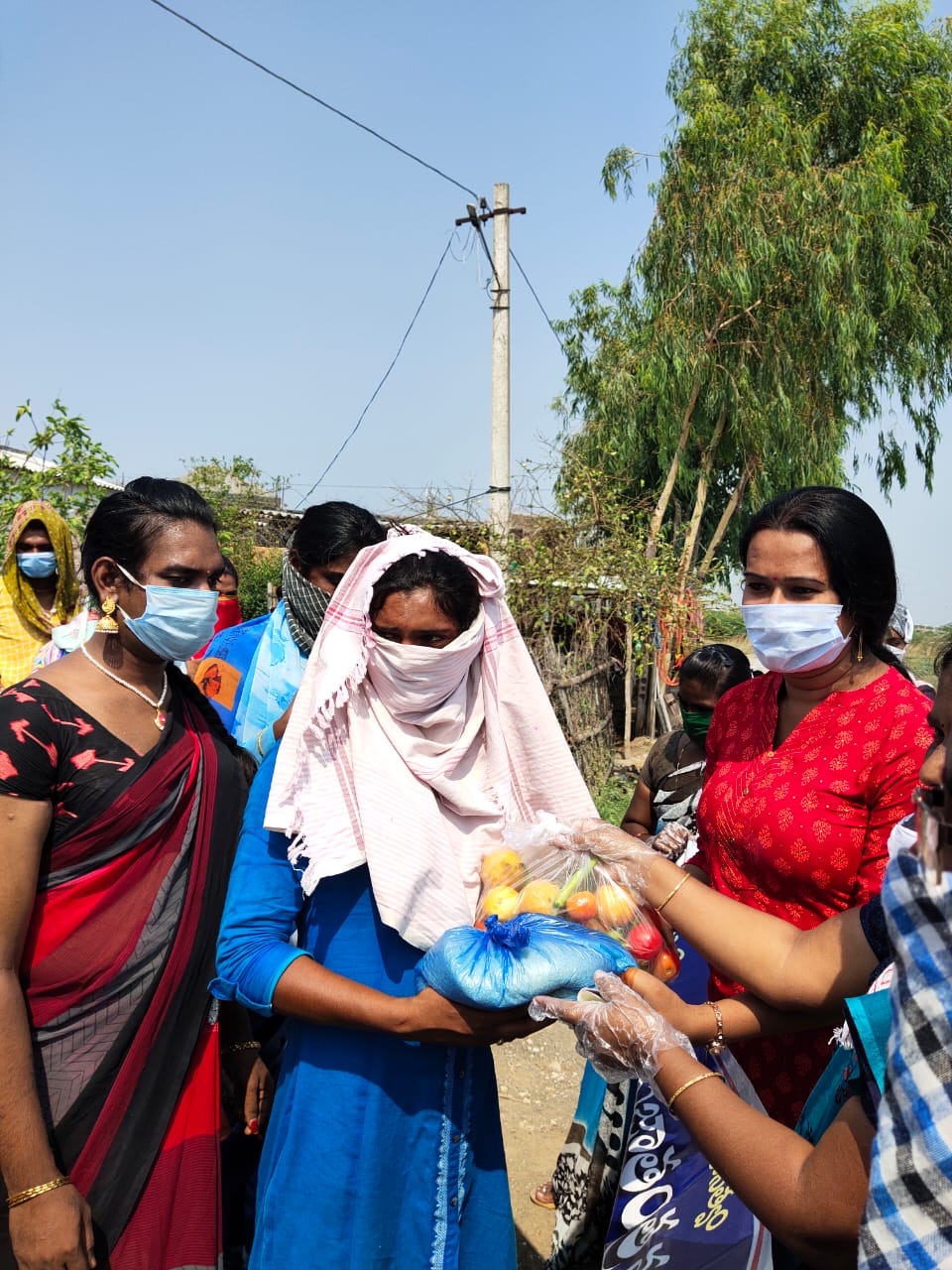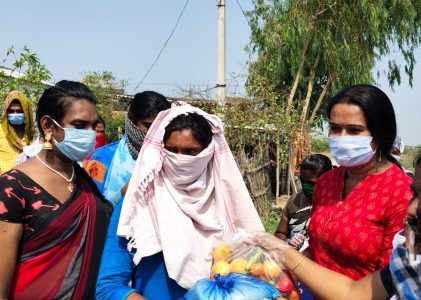For too long, the interaction between funders and grantees has been reduced to little more than a transactional exchange. Money flows one way, deliverables flow the other, and timelines are drawn with unyielding rigidity. This outdated model is increasingly being challenged. Community based organizations (CBOs) and South-based NGOs are pushing for a paradigm shift towards a more holistic approach — one that embraces non-monetary support and, crucially, flexible, unrestricted funding. (Some examples include #ShiftThePower and the RINGO Project). In this four-part blog, jointly authored by the people at Solidarity Foundation, we dive into insights from our study carried out in 2024 “Resourcing Social Movements: How Do We Shift the Power?” to tackle these complex issues.
When the COVID-19 pandemic struck, it decimated health systems and economies, claimed lives and disrupted the livelihoods of millions. It also forced a long-overdue reckoning within the world of philanthropy. Suddenly, funders and grantees found themselves navigating an unforgiving landscape where traditional hierarchies and rigid protocols were not just inadequate—they were obstacles. This seismic event compelled a re-examination of the power dynamics at play, igniting debates about the real purpose and effectiveness of funding practices.
In the maelstrom of the crisis, marginalised communities faced a catastrophic fallout, and systemic flaws were ruthlessly exposed. Under these circumstances funders needed to pivot, and fast. Gleaning from our study, Resourcing social movements: how do we shift the power? (undertaken as a contribution to the #ShiftThePower movement) we noted that, amidst the devastation, some funders broke free from their old paradigms, embracing flexibility and direct support in commendable ways. This was more than just a crisis response; it was the beginning of a transformation, hinting at how philanthropy could—and should—operate.
“One of the things that philanthropy did really quickly was rally during the crisis. There was a real sense of urgency, and this caused people to break down their traditional decision-making hierarchies and jump into action”, said Vidya Shah, Executive Chairperson at the Edelgive Foundation in an interview with colleagues at India Development Review.
Flexibility and Speed
The luxury of bureaucratic delays or inflexible grant conditions, was an obstacle to the quick response that the situation demanded, and funders did recognise this. In a remarkable shift, they started listening to their grantees, recognizing that a top-down approach was not just outdated but dangerous.
The urgency of the pandemic fostered an unprecedented spirit of collaboration. Funders and grantees began to operate on a foundation of mutual trust and shared objectives. This was not just a feel-good story of coming together in a crisis—it was a dismantling of the top-down approach that had long dominated philanthropy.
It was a collective acknowledgment that the survival of social impact organizations was as crucial as the projects they were running.
The support that followed was multifaceted: expedited fund disbursements, relaxed project deadlines and repurposing of funds for immediate relief and core organizational expenses. It was a collective acknowledgment that the survival of social impact organizations was as crucial as the projects they were running. This wasn’t all charity—it was solidarity. It was about survival. It was about understanding interconnectedness. It was about a joint future.
With the world in turmoil, funders finally recognized that rigid expectations were untenable. They allowed grantees the freedom to innovate and adapt to the rapidly changing circumstances, proving that flexibility could lead to more effective responses. The willingness to repurpose funds to cover core expenses was a game-changer, reflecting a deeper understanding of the interdependencies within the social impact ecosystem.
Participants in the study also indicated that flexible funds have been the most beneficial, enabling organisations to set and achieve their priorities according to their own needs and those of the communities they serve.
International Non-Government Organisations (INGO)s that participated in the #ShiftThePower study acknowledged the urgency of the situation and were eager to support their grantees. One participant stated, “I think essentially, we opened our funds. Fundamentally we said that whatever the FCRA norms allowed them to use it for, they could. That was the first thing that we did for all our grantee partners. We said ‘use it as you deem best, whatever the proposals were.” The FCRA is the Foreign Contributions Regulations Act, India’s law that regulates international aid inflows.
Sarah Cotton Nelson, Chief Philanthropy Officer at Communities Foundation of Texas noted that her foundation was able to make grants within two weeks, instead of the typical three to six months.

Emergence of New Initiatives
The pandemic also forced some funders to think anew. Post-pandemic, new funding initiatives like the GROW Fund, Rebuild India Fund, and the Pay-What-It-Takes Initiative reflect a shift towards progressive, unrestricted funding and capacity building, marking a departure from traditional models and emphasizing sustained, holistic support.
Crowdfunding, a relatively new phenomenon in India, emerged as a critical lifeline; as traditional funding avenues became strained. Individuals, groups, and small organizations rallied to support those in dire need, leveraging personal networks and social media to garner resources. The surge in crowdfunding highlighted a grassroots revolution in fundraising, democratizing the flow of aid in ways traditional philanthropy had never achieved. The new initiatives were in a way a response to the gaps in the existing mechanisms of philanthropy.However, it raises the question does the onus of building community infrastructure lie entirely on communities? Are we able to hold state institutions accountable for laying a solid foundation in the realm of public goods and services?
The pandemic also saw funders who had previously shied away from social justice work become more amenable to funding these critical areas.
Respondents in the study pointed out that flexible funds have been the most beneficial, enabling organisations to set and achieve their priorities according to their own needs and those of the communities they serve. One of the participating CBOs maintained, “general support matters more than project support.” It breaks the chains that bind non-profit organisations to narrow, project-specific funding, empowering them to tackle their work with clarity and confidence that their institutional needs will finally be met.
The respondents in the study pointed also out that some funders initiated specific funds to support post-pandemic recovery efforts, while others were able to onboard grantees they typically were not mandated to support.
Interestingly, the pandemic also saw funders who had previously shied away from social justice work become more amenable to funding these critical areas. The crisis made it impossible to ignore the systemic inequities that social justice organizations tackle. Moreover, the rise of pooled funds indicated a readiness among funders to collaborate more closely, pooling resources for greater impact.
Maya Winkelstein, CEO of the Open Road Alliance, suggests that philanthropists should consider integrating emergency funding into their regular budget allocations. The inevitability of future crises means we must prepare, she emphasizes.
Perils and Challenges
Bang in the midst of all this there were regulatory shifts, notably the amendment of the FCRA rules (2020). These changes, particularly the curbing of sub-granting, strangled the collaborative efforts of larger NGOs with grassroots organizations. The 20% cap on administrative expenses further hampered the ability of NGOs to build capacity and sustain their operations, underscoring the often punitive nature of regulatory environments on the very organizations striving to effect change.
One INGO noted, “before the pandemic, it was crucial to visit grantee partners, see their work, and meet them in person, because I think that changed dynamics… that stopped and that made some relationships very difficult.” It is critical to point out that the dynamic built between funders and grantees through sustained engagement; which allowed the latter to leverage benefits such as unrestricted grants, had run into some peril due to the disruption of their relationship during the pandemic.
Many community organizations found themselves overwhelmed throughout the pandemic. At the height of the COVID-19 pandemic, the ocean of disparities between the for profit sector and the development sector was evident. Smaller organisations that work at the frontlines to reach the “unreached” faced immense challenges in terms of logistics, financial support and organisational wherewithal as they sought to cater to the needs of these communities. Even as they struggled to provide rations, coordinate medical care and build awareness their own lives and livelihood hung in balance. The lack of support for administrative expenses forced difficult decisions about sustainability and staffing. One respondent from the study remarked, “There were many people who we could not retain. Many good employees, our own colleagues have left because we could not support them, couldn’t provide them their salaries on time… had only one project running.” The labour of community workers embedded in the non-profit ecosystem often went unnoticed and unrewarded.
Often these have been blind spots and shortcomings of philanthropic bodies that get “carried away by majoritarian narratives” that do not focus on building and sustaining institutions. This underscores the peril of philanthropy swayed by groupthink where the herd mentality takes over and funders don’t stop to critically examine the best options for the community in the long haul. With ample funds at play, they gravitate towards entities and causes familiar to them. Fostering a cycle where resources disproportionately benefit a chosen few who echo the donors’ ideologies.
#India #Pandemic #Funders #COVID
Follow the links below to read the other blogs in this series from the Solidarity Foundation.
Part 2: From transaction to transformation: A possible path for funder-grantee relationships.
Part 3: Drowning in bureaucracy: Paperwork that kills the revolution.

